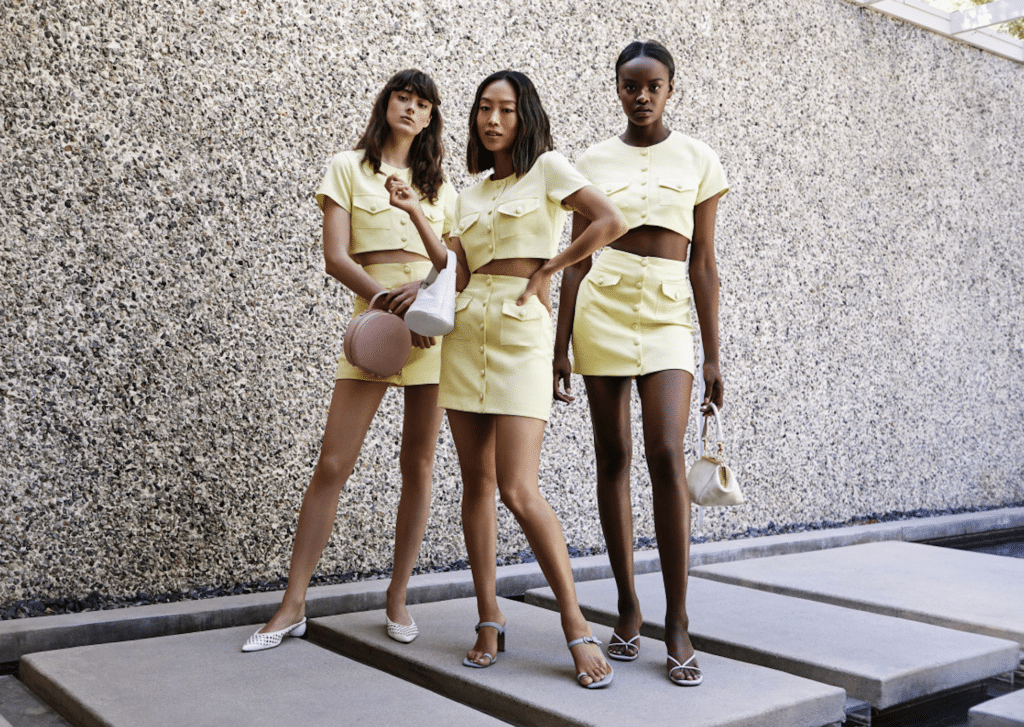Following widespread media speculation in recent weeks, Forever 21 has filed for bankruptcy, prompting theories that fast fashion as a whole is falling out of favor among consumers. However, as the financial state of Los Angeles-based Forever 21 as the 35-year old brand – which is part of a crop of brands operating in accordance with a model that centers on the high-turnover of low cost, trend-specific apparel and accessories – comes under the microscope, as it seeks Chapter 11 bankruptcy protection, a handful of newer online fast fashion retailers are thriving, making the status of the fast fashion segment more complicated than initially meets the eye.
Just last month, Manchester, UK-headquartered Boohoo, for instance, revealed that its sales growth is set to exceed what it had previously forecast for the year. The 13-year old company – which is known for “always bringing something new with over 100 new products dropping on the daily, bringing you the latest looks for less,” according to its website – said that its annual revenue is growing at a rate closer to between 33 percent and 38 percent, instead of the anticipated 25 percent to 30 percent figures it cited earlier this year.
Meanwhile, on the heels of “skyrocketing revenues” in recent years, fellow British brand Missguided – which recently announced that a collaboration with Sofia Richie will be added to its roster of partnerships with the likes of Cardi B, Youtube star Jordan Lipscombe, and “Kylie Jenner’s BFF” Stassi Karanikolaou – pointed to rising sales early this year. For the year ending April 1, 2018, the decade-old fast fashion retailer reported a rise in revenues to 215.9 million pounds ($266.8 million) compared to 205.8 million pounds ($254.3) for the year prior.
The rise and success of entities like Boohoo is significant as it shows that despite increased attention to the social and environmental hazards that come with the fast fashion model and a rise in cause-conscious consumers, sluggish growth by the former fast fashion pioneers – from Forever 21 and H&M to Topshop and Primark – is not representative of a movement away from fast fashion altogether, as some have suggested. Instead, it is more likely the result of consumers simply spending their fast fashion-specific dollars elsewhere.
As an array of low-cost, trend-driven competitors have entered the market in recent years, particularly in the form of digital natives that are significantly more apt at giving teens and young adults what they want in terms of the garments, themselves, but also when it comes to frequency of new merchandise and broader ranges in sizing, these newer names have “enjoyed huge growth by targeting young shoppers,” as the Guardian asserted this spring. These millennial and Gen-Z consumers “prefer to buy clothes on their phone and increasingly take their fashion advice from social media influencers and celebrities, not Vogue,”which has enabled newer names to set themselves apart from older entities like Forever 21.
While Boohoo and similarly situated brands are proving to a “bright spot in a struggling retail sector,” Graham Spooner, investment research analyst at the Share Centre, told the Financial Times, traditional fast fashion brands are paying the price for evolving far too slowly in the digital space.














